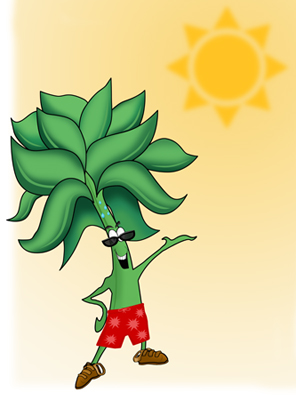Effects of Arid Environments on Crops
August 21, 2014 10:00 AM

Effects of Arid Environments on Crops
Whether working on a farm, greenhouse, grove, or orchard, arid environments present a challenge for monitoring the use of the most prized input: water. The availability of water in arid regions dictates not only the varieties planted, but also the management practices applied. Growers across the country and around the world grapple with managing this scarce resource, and achieve efficiency through varied techniques, such as drip irrigation in an open field or by operating a closed water system, such as a hydroponic greenhouse. While limited on water, many arid environments provide ample sunshine, and serve as ideal growing environments for crops, with reduced pest and disease pressures due to low humidity as well as increased exposure to PAR light (photosynthetic active radiation). Greenhouse operations in Arizona, for example, optimize the use of water while taking advantage of the light available to plants.
Securing adequate water sources in areas that are naturally limited can prove challenging. Hard water, oftentimes from deep water wells, can adversely affect crops over time by modifying the soil structure, composition and pH. Similarly, water sources available one year can suddenly be restricted the next, either due to urban sprawl or a prolonged drought, as in the case of California. A need for long-term planning, taking into account the potential risks in a changing environment can define not only the crop, but the type, as certain varieties of permanent and annual crops are more drought-tolerant than others.
After taking into account the location and the amount of resources available, growers can further optimize costly inputs, such as water, by using measurement tools, which can indicate areas that require more irrigation due to soil type, crop-specific evapotranspiration values, or plant development. In summary, despite the obstacles found in nature, a well-planned approach and the optimal use of resources can help growers achieve solid results.
All the best,

Related Links:
FieldScout TDR 300 Soil Moisture Meter
WatchDog Irrigation Stations
WaterScout SM 100 Soil Moisture Sensor
WaterScout SMEC Soil Moisture/Temperature/EC Sensor
Back